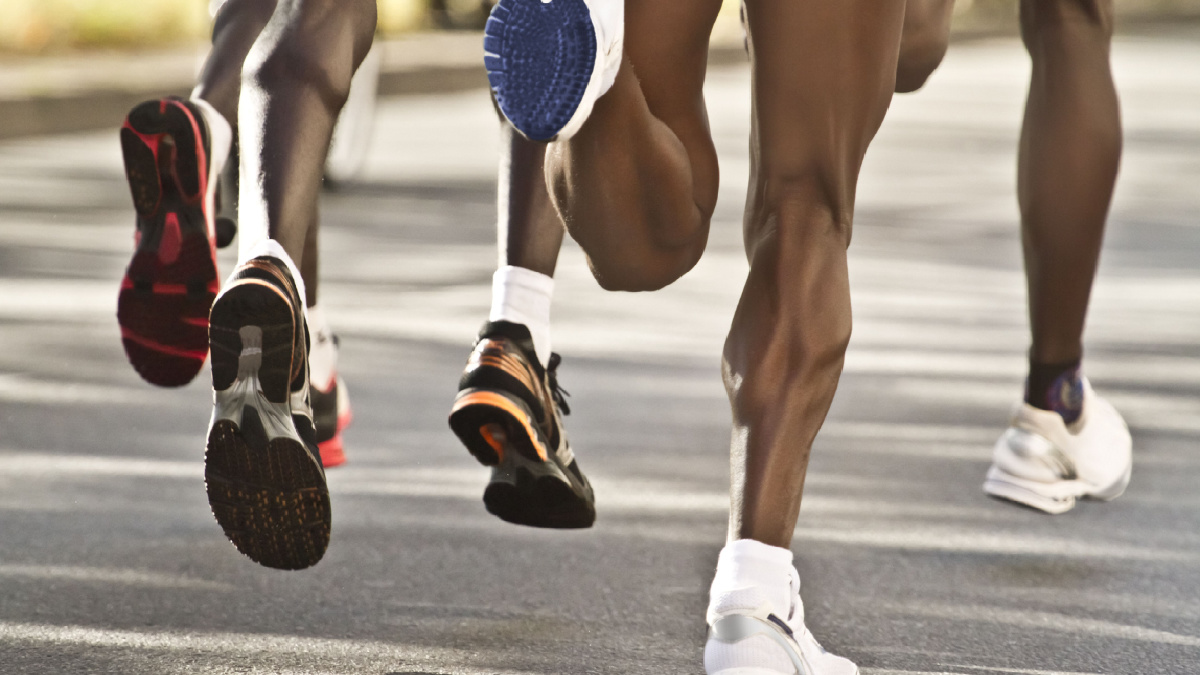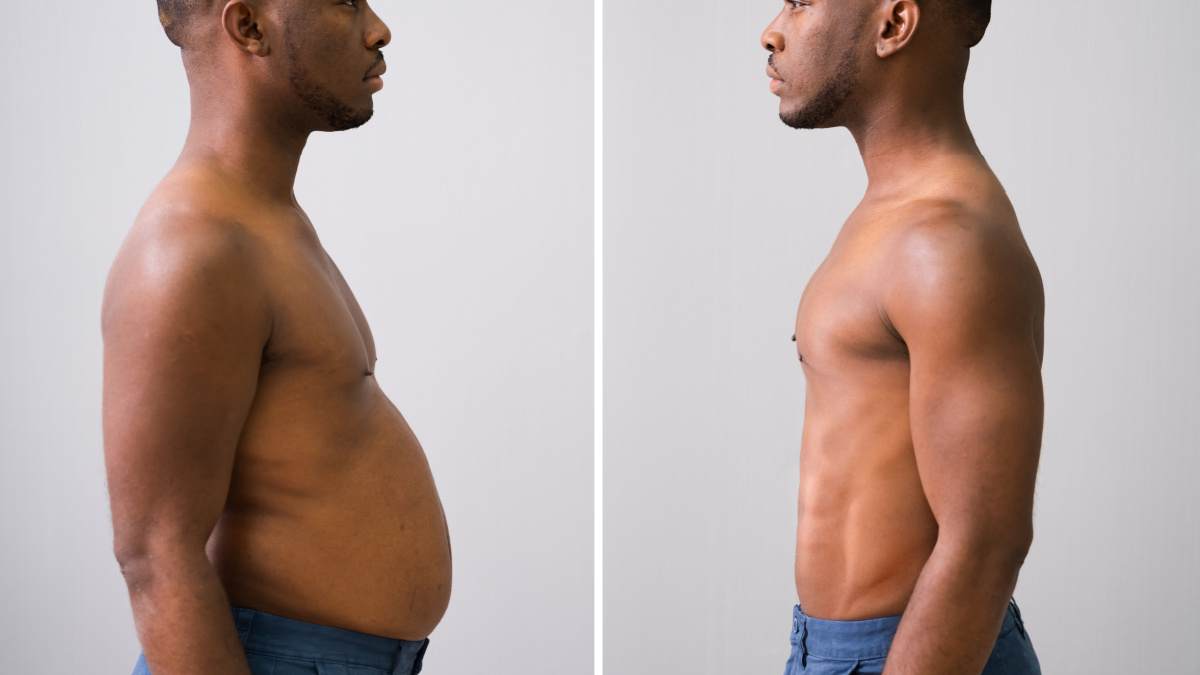Understanding your foot type is crucial when it comes to choosing the right athletic shoes. There are three main types of foot arches: flat feet, neutral feet, and high arches. Flat feet have little to no arch, while neutral feet have a moderate arch, and high arches have a noticeable arch. Knowing your foot type is important because it affects the way your foot absorbs shock while running or exercising. People with flat feet need shoes with more stability and support, while those with high arches require shoes with more cushioning and flexibility. Neutral feet fall somewhere in between and can typically wear a wider range of shoes. By understanding your foot type and choosing the right athletic shoes, you can prevent injuries and improve your performance during physical activity.
In addition to the arch of your foot, it’s essential to consider other factors such as foot width and pronation. Foot width is self-explanatory, and it’s important to find shoes that fit well without being too loose or too tight. Pronation refers to the way your foot rolls inward or outward when you walk or run. People with overpronation need shoes with more support to prevent their feet from rolling too far inward, while those with underpronation require shoes with more cushioning to compensate for their feet rolling too far outward. Overall, understanding your foot type and other factors that affect your stride is essential to choosing the right athletic shoes.
The Importance Of Arch Support
Arch support is a crucial factor to consider when choosing athletic shoes. The arch of the foot is the curved area between the ball of the foot and the heel, which helps distribute body weight and absorb shock during physical activity. Without proper support, the arch can collapse, leading to discomfort, pain, and even injury.
Athletic shoes with proper arch support help maintain the foot’s natural alignment and prevent overpronation or underpronation. Overpronation occurs when the foot rolls inward too much, while underpronation occurs when the foot rolls outward. Both can cause strain on the foot and lead to injuries such as plantar fasciitis, shin splints, and knee pain. Therefore, it’s essential to choose athletic shoes with adequate arch support to ensure optimal comfort, performance, and injury prevention.
Cushioning And Shock Absorption
Cushioning and shock absorption are crucial factors to consider when choosing the right athletic shoes. The impact of each stride places stress on the feet, ankles, knees, and lower back. Therefore, shoes with proper cushioning and shock absorption can help reduce the risk of injury and provide comfortable support during physical activities.
Cushioning refers to the padding in the sole of the shoe that helps absorb shock and provide comfort. It comes in different forms, including air pockets, gel, and foam. The level of cushioning required depends on the activity and the individual’s foot type. For instance, those with high arches may require more cushioning to distribute the impact evenly, while those with flat feet may need less cushioning to maintain stability. Overall, choosing shoes with adequate cushioning can help prevent foot fatigue and reduce the risk of injury.
The Role Of Traction And Grip
Traction and grip are essential components of athletic shoes, especially for activities that require quick and sudden movements, such as basketball or tennis. The right amount of traction and grip can provide athletes with the necessary stability and control to perform at their best. Traction refers to the shoe’s ability to grip the surface it is on, while grip refers to the shoe’s ability to hold onto the foot. Athletic shoes with a high level of traction and grip can help prevent slips and falls, reducing the risk of injury. When choosing athletic shoes, it is important to consider the type of activity you will be participating in and the level of traction and grip required for optimum performance and safety.
Breathability And Moisture Management
Breathability and moisture management are two essential factors to consider when choosing athletic shoes. Breathability refers to the shoe’s ability to allow air to circulate within it, preventing the buildup of heat and sweat. This is particularly important for athletes who engage in high-intensity activities that generate a lot of heat and sweat. Shoes with breathable materials such as mesh or perforated leather allow air to flow freely, keeping the feet cool and dry.
Moisture management, on the other hand, refers to the shoe’s ability to wick away sweat and keep the feet dry. Shoes with moisture-wicking materials such as synthetic fabrics or moisture-absorbing insoles can help prevent blisters, odors, and other foot problems caused by dampness. By choosing shoes that offer both breathability and moisture management, athletes can ensure that their feet stay comfortable and healthy during their workouts or competitions.
Durability And Longevity
Durability and longevity are crucial factors when it comes to choosing the right athletic shoes. The right pair of shoes should be able to withstand the wear and tear of constant use, especially if you engage in high-impact activities such as running or jumping. Athletic shoes with good durability and longevity will save you money in the long run as you won’t need to replace them as often. Look for shoes made with high-quality materials such as leather, rubber, or synthetic fabrics, which are known for their durability. Additionally, make sure to choose a shoe with good stitching and construction, as this will help to ensure that your shoes last longer.
In addition to saving you money, durable and long-lasting athletic shoes will also help to prevent injuries. Worn-out shoes can lead to poor alignment, which can cause pain and discomfort in your feet, ankles, and knees. A good pair of shoes will provide the necessary support and cushioning to protect your feet and joints from impact. When shopping for athletic shoes, it’s important to consider the durability and longevity of the shoes to ensure that you’re getting a product that will last and keep you safe during your workouts.
Finding The Right Fit
Finding the right fit is crucial when it comes to choosing the perfect athletic shoes. If your does not fit perfectly, you could experience pain and discomfort, and even injury. It’s important to consider factors such as foot shape, arch type, and pronation when selecting a shoe. Trying on shoes and walking around in them is also important to ensure a proper fit. Taking the time to find the right fit can make all the difference in your athletic performance and overall comfort.
Making An Informed Decision For Your Athletic Needs
Choosing the right athletic shoes is crucial to your performance and overall health. It is important to consider factors such as the type of activity you will be doing, your foot type and shape, and the level of support and cushioning you need. It is also important to try on different brands and styles to find the perfect fit for you. Making an informed decision about your athletic shoes can prevent injuries and improve your overall athletic experience. So take the time to do your research and invest in a quality pair of athletic shoes that will support you in achieving your goals.









